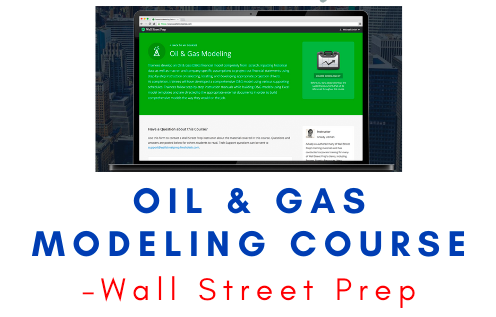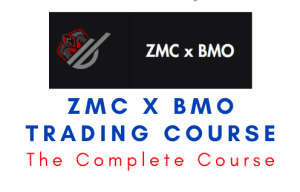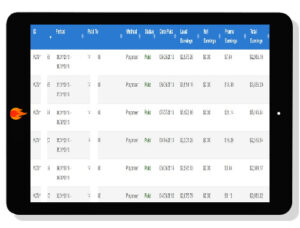About Course:What You Will LearnIndustry Accounting & Financial Statement AnalysiFinancial Statement ModelingNet Asset Value (NAV) and DCF modelingAccretion/dilution (M&A) modelingLeveraged buyout (LBO) modelingExcel mechanics and functionality for the O&G industryComparable company analysisComparable transaction analysisFinancial & valuation modeling best practicesIntroduction to O&G accounting & financial statement analysisParticipants will understand dynamics of the O&G industry and the factors determining crude oil and natural gas pricesLearn the different business segments – upstream, midstream, and downstream – that make up the O&G industryLearn O&G terminology, units, and key termsDistinguish between full-cost and successful efforts accounting methods and their impact on financial statements and on financial statement analysisLearn the structure and layout of the O&G financial reports and filings (i.e., 10-K, 10-Q, annual report)Learn how to analyse and interpret O&G financial statements, footnotes, and disclosuresUnderstand how to perform O&G reserves and production ratio analysisIntroduction to O&G financial modellingBuilding comprehensive O&G financial models from scratch the way it is done at major financial institutions.Forecasting crude oil and natural gas pricesUnderstanding the role of price and volume hedgesStandard formatting best practices.Excel best practices, efficient formula construction, and appropriate driver selectionsLearning to use data tables to present various sensitivities to projected financial metricsBalancing the balance sheet accounts, including excess cash and revolverFixing circularity problems, iteration, and other common modelling troubleshootingBalancing sheet / cash flow statement crosschecksOverview of O&G valuation modellingRelative vs. Intrinsic valueModelling techniquesCalculating and interpreting multiplesUseful Excel shortcuts and functionsThe “football field”Building an O&G Net Asset Valuation (NAV) modelProject cash flows for each major project and field to derive the value of E&P segmentLearn how to value in-ground versus producing reservesUnderstanding proper valuation methodology and drivers for each major O&G business segmentEstimating the weighted average cost of capital (WACC) and common pitfalls to avoidUsing data tables to analyse a broad range of scenarios given different assumptionsBuilding an O&G trading comps modelSet O&G evaluation benchmarks & select comparable companiesGather appropriate financial history and projectionsNormalizing operating results and calculating LTM operating resultsExclude nonrecurring charges, normalize for stock option expenseCalculate shares outstanding using the treasury stock methodInput financial data & calculate and interpret financial and market ratiosPresenting trading comps by structuring output scheduleSelecting key valuation multiples using the VLOOKUP function and generating multiple tablesBuilding an O&G transaction comps modelSimilarly, to trading comps, trainees set O&G evaluation benchmarks, select precedent O&G transactions, gather appropriate financial details, input financial data, and calculate and interpret financial and market ratiosCalculating purchase premiumsUnderstanding pricing structures (fixed vs. floating, collars, and walk-away rights)Best practices for incorporating synergy assumptions and appropriately calculating unaffected pre-deal share pricesBuilding an O&G M&A modellingParticipants will build an O&G merger model in Excel to reflect the pro forma impact of various acquisition scenarios.Topics covered include a quick test of accretion-dilution in all-stock deals, pricing structures (exchange ratios/collars/” walk-away” rights), purchase accounting, the step-by-step allocation of purchase price, and the derivation of important O&G metrics and ratios.Related
Wall Street Prep – Oil & Gas Modeling Course
₹3,150.68








